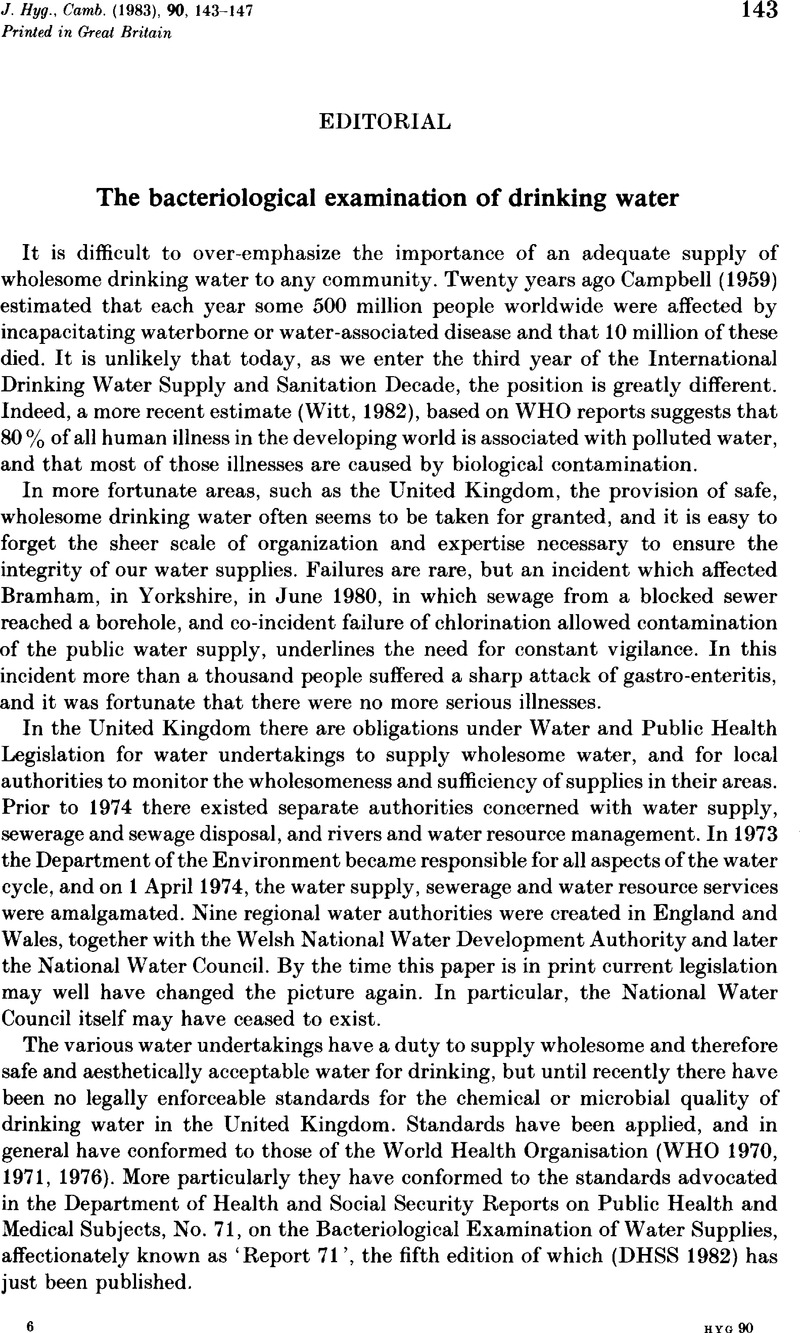Crossref Citations
This article has been cited by the following publications. This list is generated based on data provided by Crossref.
Hunter, P. R.
and
Burge, S. H.
1986.
Bacteriological quality of drinks from vending machines.
Journal of Hygiene,
Vol. 97,
Issue. 3,
p.
497.
Hunter, P.R.
and
Burge, Susan H.
1988.
Monitoring the bacteriological quality of potable waters in hospital.
Journal of Hospital Infection,
Vol. 12,
Issue. 4,
p.
289.



